Going north to forage is pleasant this time of the year because it’s like going back in time a few weeks to find some favored plants still producing. Goosegrass, which I have not seen for a month in the central part of the state, was very alive and happy in Gainesville this past Saturday. Chickweed was still abundant there as was pellitory. Sheep’s Sorrel is also seeding making it’s pinkish plums easy to identify. A nice find near Palm Point parking area was wild Allium, some say onion some say garlic but I think it is garlic. (Onions have bulbs, garlic has cloves.) It was almost at the state to put on cloves and was wonderfully pungent. I saw it there the last time I had a class there. We also found wild Allium in Ocala for the first time. In Ocala it was the right place, the right time, and the right conditions. I have visited that spot where the garlic was growing — a swale — more than two dozen times teaching classes. It is usually well-mowed except this time it was not. There the garlic was, right time of year, right place, and not decapitated. To read about wild garlic go here.
Black Cherry vs Laurel Cherry: Also this weekend there was an opportunity to highlight the differences between wild Black Cherry and wild Cherry Laurel, both native. The fruit of the Black Cherry (Prunus serotina) is edible when ripe. The fruit of the Cherry Laurel (Prunus caroliniana) is always toxic. A quick look at the leaves can tell them apart. The Black Cherry has consistently small teeth around the entire edge of the leaf. And if you look at the backside of the leaf the main stem near the base will have hair on both sides for about an inch. This time of year the hair can be white but it will change to light tan and then dark brown as the season progresses. The soft Black Cherry fruit is dark red to purple with a dimple in the end.
The Cherry Laurel leaf is quite different. It’s teeth are sporadic, especially on older trees or older leaves can have no teeth at all. Younger leaves can have many teeth but they are not consistent or well-organized. Also the back of the Cherry Laurel leaf does not have any hair along the stem. Instead it will have two gray-green dots near the base. They can be faint but each leaf will have those dots, which are really glands. They also are not in the exact same spot all the time. Cherry Laurel leaves also smell of almonds or maraschino cherries when crushed which is cyanide (assuming you are among those who can smell cyanide. Many people cannot.) The hard fruit of the Cherry Laurel is dark blue to black and pointed. NOT EDIBLE.
Although it may sound odd the Black Cherry tree also looks like more like a typical cherry being more checkered than the Cherry Laurel. I have read there are Pin or Red Cherries growing in Florida but the only edible one I’ve ever see here is the Black Cherry. I grew up in Maine where we harvested choke cherries to make jelly and wine. The read more about the Black Cherry go here.
This week’s arguable question is “can you eat elderberries raw?” I call it “arguable” because no matter whether I say yes or no someone will email me and tell me I’m wrong. My answer is yes, and no which means I will irritate both sides. There are a few variables but it’s fairly easy to sort out.
First, elderberries contain two kinds of toxins, an alkaloid, and, cyanide-producing glucosides. The alkaloid is present in unripe berries. It is not a problem in ripe berries but ripe berries still have cyanide-producing glucosides. This discussion is only about ripe elderberries. If we are referring to dark purple elderberries, such as Sambucus canadensis or Sambucus Mexicana, the answer is yes, you can eat a few if you are an adult, very few if you are a child. If we are talking about red elderberries (Sambucus pubens and Sambucus racemosa for example) the answer is definitely no regardless of your size. You can only eat the cooked pulp of red elderberries and then no seeds. Red elderberries were a staple of some Indians but only after much processing.
In shirt-sleeve language the cyanide-producing glucosides is usually sugar and cyanide bonded together which break apart on digestion producing a small amount of hydrocyanic acid aka prussic acid… cyanide. Your body can tolerate some cyanide. Thus eating raw ripe berries becomes a function of how many of these molecules there are, how much you ate of them, how large are you and how much water there is in your digestive system which probably relates to how quickly you digest them which means how quickly is that cyanide release. A few raw ripe berries usually does not bother an adult any more than eating half-a-dozen apple seed. More than a few ripe purple elderberries can make a child ill usually with digestive upset and vomiting. Same with an adult. Raw elderberries are well known to cause nausea. Cooking (or drying) ripe purple elderberries eliminates the problem completely. I’ve eaten a tablespoon of raw ripe purple elderberries at a time and not been bothered. But I know of many adults who have eaten a handful and gotten sick, not death-door ill but sick nonetheless. The amount of toxicity is considered mild which means little when you’re feeling lousy.
Ripe Red Elderberries are different than purple ones. They have much more potential cyanide material in their seeds and cooking does not get rid of that problem completely. That is why Native Americans ate only cooked red elderberries with the seeds removed, a labor-intensive process. Said another way red elderberry seeds cannot be eaten raw or cooked but red elderberry pulp can be eaten after cooking, and even that is debatable.
So the answer is yes you can eat some ripe, raw purple elderberries but no you should not eat a lot, if only to be safe. Personally I think ripe dark purple elderberries taste far better dried or cooked than raw. Drying or cooking drives off a musty flavor they tend to have and improves the flavor.
 Let me also give you an example using elderberries why on my Green Deane Forum Wikipedia is not allowed to be referenced (because it is so inaccurate about wild edibles.) Supposedly referencing an article by the Center for Disease Control Wikipedia reports. “In 1984, a group of twenty-five people were sickened, apparently by elderberry juice pressed from fresh, uncooked Sambucus mexicana berries. All recovered quickly, however, including one individual who was hospitalized after drinking five glasses. Such reported incidents are rare.”
Let me also give you an example using elderberries why on my Green Deane Forum Wikipedia is not allowed to be referenced (because it is so inaccurate about wild edibles.) Supposedly referencing an article by the Center for Disease Control Wikipedia reports. “In 1984, a group of twenty-five people were sickened, apparently by elderberry juice pressed from fresh, uncooked Sambucus mexicana berries. All recovered quickly, however, including one individual who was hospitalized after drinking five glasses. Such reported incidents are rare.”
What does the report really say? The incident was in 1983 not 1984. Twenty-five people were at the event, not 25 taken ill. Eleven people were sickened, eight were flown to the hospital. One stayed overnight. The “juice” was not made from just elderberries but elderberries, elderberry stems, and elderberry leaves (as well as apple juice, sugar and water.) The juice also sat for two days before being consumed. The report does not say the elderberries were “unripe.” This is exactly why you cannot trust Wikipedia for foraging information.
Let’s start this out with a fact: Seven billion gallons of water are used every day to water lawns and outdoor plants in the United States. Every day, seven billion galllons. Now read about Burton Knight, who has a degree in horticulture and lives in the Junius Heights Historic District of Dallas, Texas. As you probably know that area of the country has been experiencing a long-term drought. Water is in short supply and will be more so in the future. With that in mind Knight took out the sod in front of his house and installed xeriscaping including rocks, low-water plants and cacti: Native and very Texas. A local commission that watches over historic districts has told him to tear it all out. Why? The cactus, the commission said, are not “historically appropriate.” The commission is demanding Knight put back the non-native grass, in other words, a lawn.
According to the Dallas Morning News: For Knight rising water needs and a hotter, drier Texas as a result of global warming make up the state’s most urgent environmental crisis. He said his case suggests that the cultural norms that earned Dallas a reputation as a water hog are still deeply entrenched. “How can you say the cactus is not historic”? asked Knight, whose degree is from Texas A&M university. “Guess what crop has the greatest consumption of time, energy, water and chemicals? Turf grass.”
Columnist Jacquilynn Floyd pointed out how selective the preservationists are: “Living in a historic district shouldn’t be- can’t be- like living in a museum. Wood stoves and ice wagons are historically accurate, too, but they don’t really meet modern requirements…. a neighborhood can aged with grace and still evolve to adapt to a changing environment.”
It is interesting that the water-saving native plants in Knight’s front yard are unacceptable in the historic district but the car in the yard is acceptable. Why isn’t the commission also calling for the elimination of cars and demanding folks use the more historically correct horse for transportation?
While most municipalities still operate under the mentality that “Grass is God” mentality some are changing. In Glendale, Arizona, just northwest of Phoenix, residents can earn $150 to $750 depending upon how much grass they remove from there lawn. And here’s a fact you can use: You can cut the water needs of your yard up to 50 percent by decreasing the grass to 40% of the total space and increasing trees to 60% of the total space. If you have the typical-size lawn that still leaves 2500 square feet to mow, or for the kids to play on… or teather a milk-producing goat… If you want to hear an ediorial I wrote and recorded for National Public Radio Holland about lawns and trees click on this link: Lawns are not green.

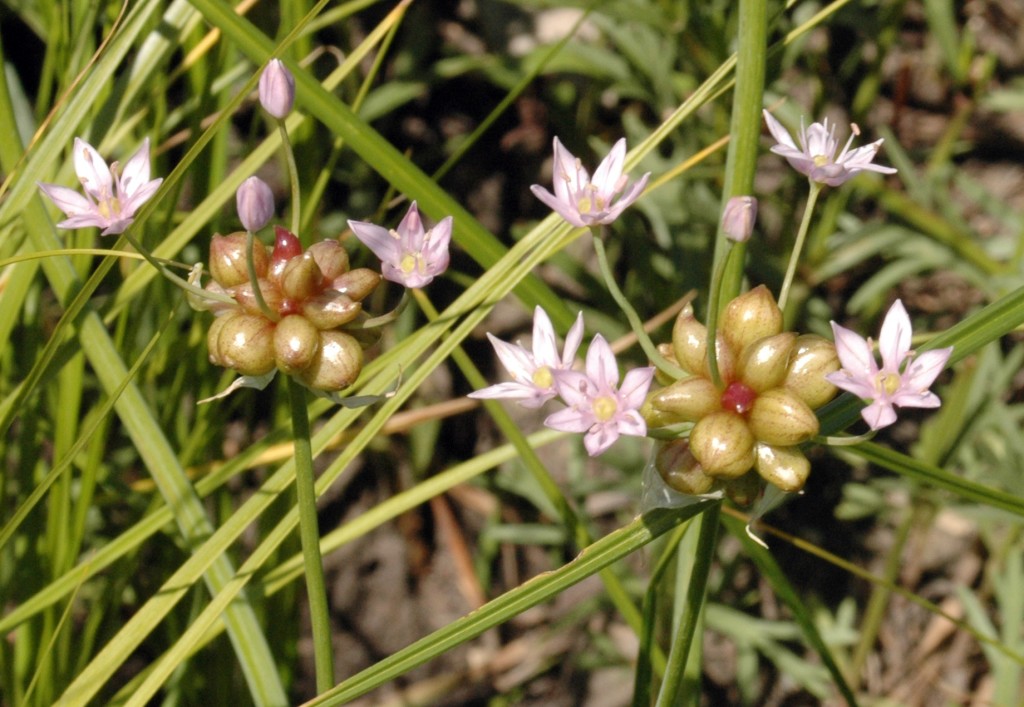
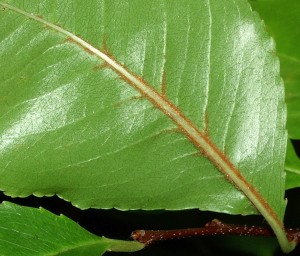
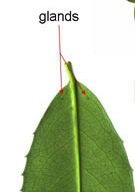
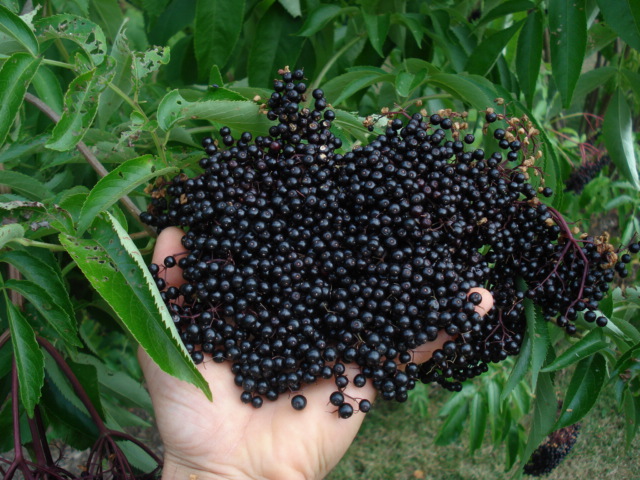
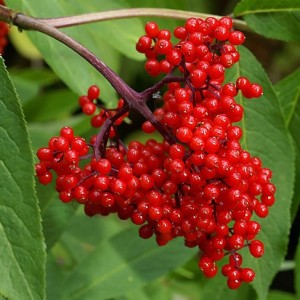
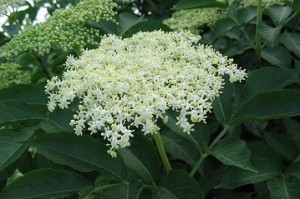




Great newsletter as always.
The NPRH segment was pure gold – I’m going to have to share that on my blog.
Thanks… We recorded it here in Orlando at WMFE. Editing was done in Holland. They did a nice job with the background music.
Loved the tree message. I’m sure you’re familiar with Thomas Leo Ogren’s “Allergy-Free Gardening” in which he ranks trees by his allergy scale. I tried to butt heads with the Florida building code regulators once because they want a new tree to be a certain size within 2 years. Some fast growers are the worst pollen offenders.
Lovely , Lovely, Lovely article. I love Elderberry! I am blessed with a yard full of Sambucus nigra. I use the berries to make jelly and cough syrup. One of my very favorite and most useful plants that grows here in south east texas.
Elderberry wine is very good, also. And the added advantage is that Elderberry seems to be effective against flu and cold viruses. Way cheaper to make your own syrup than to buy Sambucol at the drug store.
My Mom and Granny used to make elderberry pie each year and it was delicious.
In the late 60s, my mother’s best friend introduced me and my family to foraging, though we just called it “picking elderberries”. Yes, elderberries were the first wild foods that I learned to eat. My mother used them for pancakes and muffins.
Later, as an adult, I attempted to make wine from ripe elderberries … not a successful experiment. A thick lime green greasey sludge coated the walls of the fermenter.
Firstly, I’ve listened to “Lawns Are Not Green” and found it convincing & quite satisfactory. I hope our local authorities will share the good ideas. Secondly,how impressive is the explanation on the “yes” & “no” about poisoning by cyanide and the advice pertaining to eat elderberries regarding factors like: stage of ripening, quantity, processing before eating & even the age of the consumer. However, let me tell a bit about”cyanidophobia or cyanophobia”, which led to prohibit handling of potassium cyanide & cancel some important chemical tests in priliminary courses in one of our universities.It is notorious as sucidal agent. Last centuary a technician was found “freshly” dead just a few yards outside the laboratory of that university -not to mention the more recent incident of the $1million Chicago lottery winner. In such incidents high concentrations of cyanide may cause loss of consciousness, cardiac arrhythm, coma & death. The total absorbed dose of hydrogen cyanide in such rapid deaths can be as low as 0.7mg/kg. It is claimed ( http://medind.nic/.ibi/t00/i2/ibitooi2) that, taken orally, the fatal dose of HCN to adult estimates at 50 -100mg & for KCN about 150 – 250mg. However, with immediate therapy, victims with blood cyanide level of 2.5 – 3.0 microgram/ml may be looked at as hopeful cases. After all “leave the evil behind , hence sing for it ” so our proverb goes. Thank you.
Hi Deane,
thanks again for the wonderful walk in the park on the 23rd.!
I am looking for “sida Acuta ” or “Sida Cordifolia”. do you know these and any idea where I can find them? blessings, Kathryn